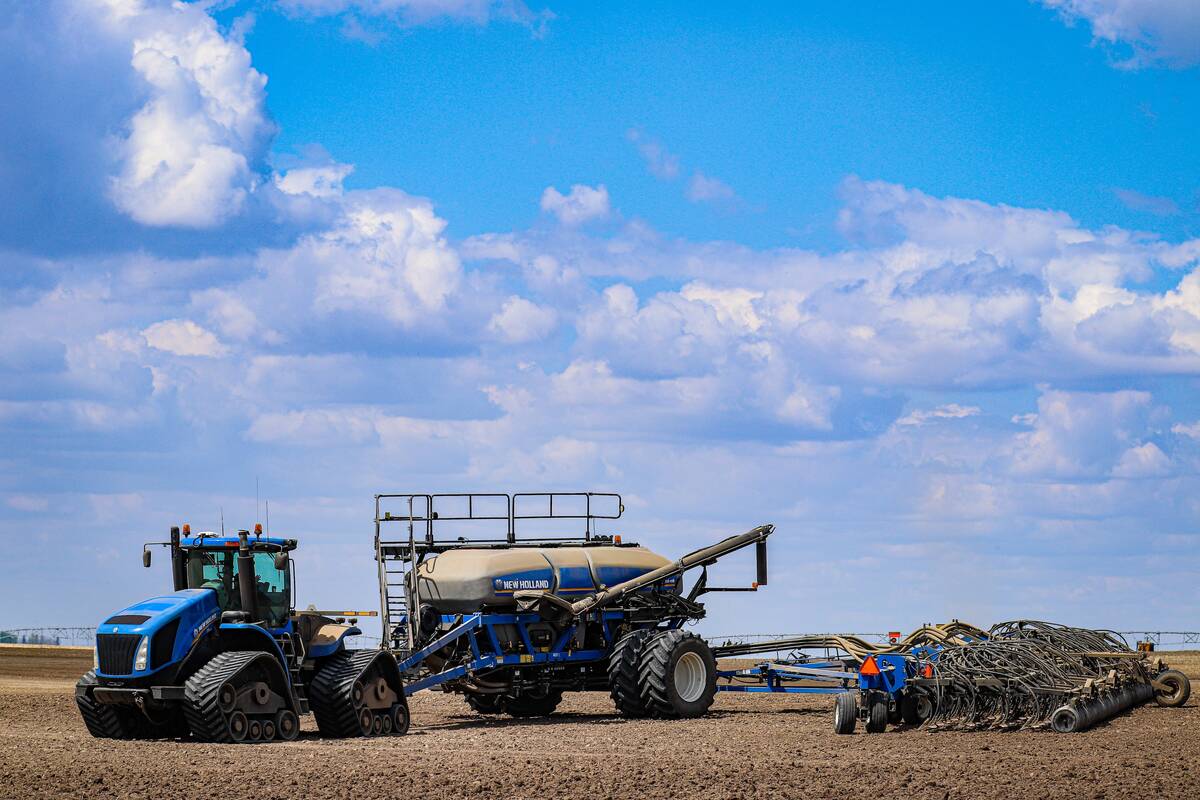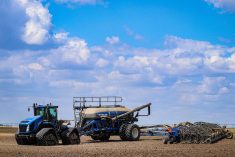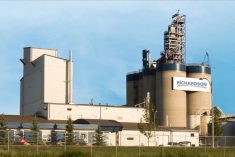SOUTHWEST
Precipitation generally varied from 15 to 50 millimetres.
Overall, crops are developing well with good growing conditions, but water lying in fields is starting to cause yellowing.
Hay yields are average to above average, and some producers are opting for silage as a result of wet conditions.
NORTHWEST
Rainfall ranged from 10 to 100 mm, and severe winds were reported.
Crops are generally advancing well and in good to excellent condition.
Herbicide treatments are mostly complete, and fungicide applications continue where disease risk exists.
Read Also

NFU says proposed plant breeders’ rights come at farmers’ expense
The National Farmers Union is pushing back against changes to the Plant Breeders’ Rights Act that would narrow the scope of farmers’ right to save seed or propagate crops from cuttings and tubers.
CENTRAL
Precipitation ranged from 20 to 100 mm with reports of hail and high winds, which caused lodging.
Stand thinning and yellowing are evident, along with field ruts caused during herbicide applications.
Insect numbers have been generally low to moderate and below threshold levels, thanks in part to beneficial predators.
Forages are quickly growing, but haying continues slowly with some ensiling because of the frequent moisture.
EASTERN
Rainfall accumulations were minimal, and much needed good drying weather prevailed.
First pass herbicide applications are complete, and fungicide applications targeting fusarium head blight suppression continues. However, up to 25 percent of spraying may be cancelled in northern fields because of yield potential loss.
Most of the harvested hay has been put into silage because of wet conditions.
INTERLAKE
Most precipitation came in one day’s storm and ranged from five to 35 mm.
Fungicide applications by air are occurring to avoid field ruts, but some producers will not spray because of poor crop conditions.
Alfalfa weevil pressure continues, and maturity of alfalfa is reducing hay quality.
















